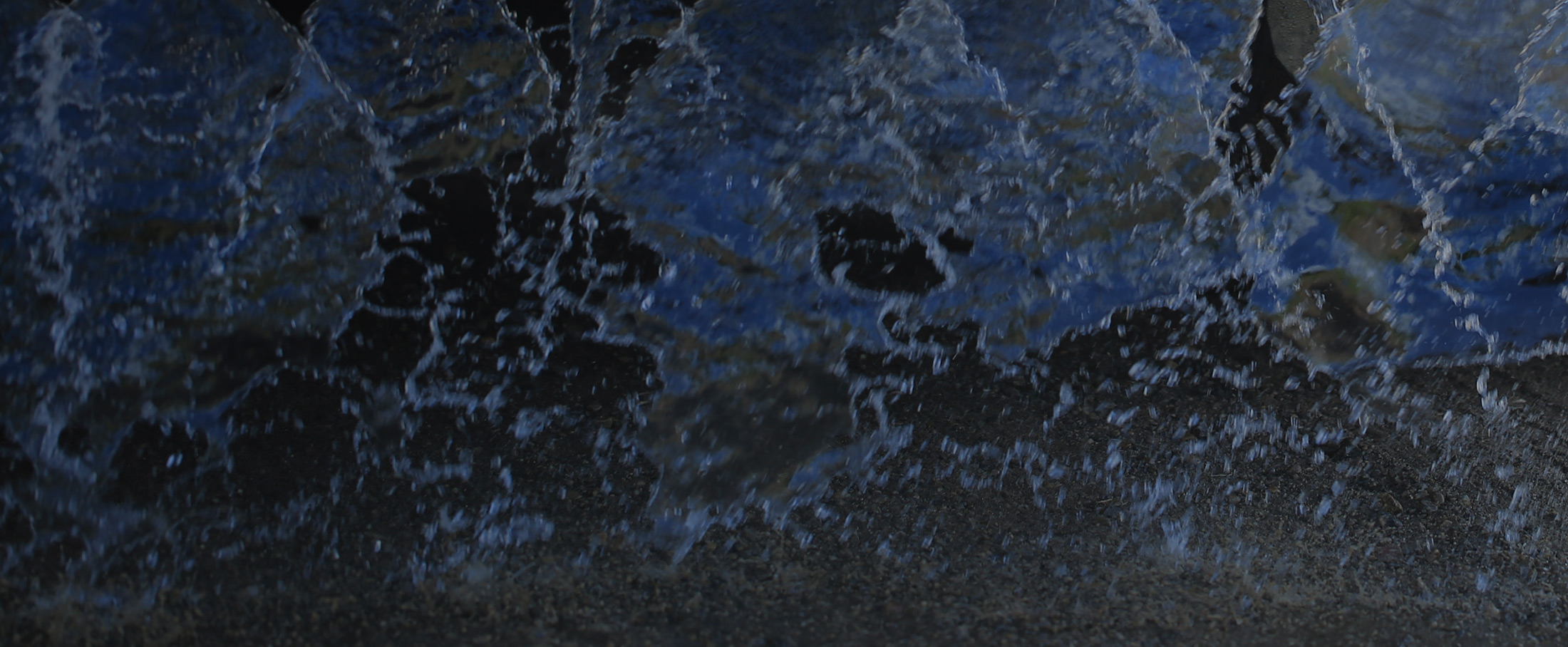
01 Dec Sidewalk Deicer, A Better Alternative


The Symptoms of Salt
Most of the de-icers we use on roads and sidewalks are simply salt—common, everyday Rock Salt. Sounds innocent enough, right? But when salt mixes with snow and melts into the soil, the salt begins its dirty work underground, preventing water and nutrient absorption by garden plants. Above ground, the results are brown lawns with bare spots, spring bulbs that are undernourished and may not flower, crabgrass, tired-looking rose bushes, scorched maple leaves, and pine trees with brown needle tips. Salt products also damage waterways when they wash away in the spring.
The dirt on salt? It’s out of sight, but not out of our soil—and it can damage the plants which grow in that soil! All that salt is on the move: kicked up as dust when dry, splashed out of puddles, plowed into snow banks, and melting into streams and rivers, city sewers…and our yards.
Homeowners add to salt’s assault on soil by de-icing steps, sidewalks, and driveways, then shoveling or snowblowing salt-filled snow directly onto plants and trees.
Unintended Consequences
Dehydration: Plants are 90 percent water, and they depend on water moving from the soil up to their roots and leaves. Excess salt stalls and prevents this movement, literally dehydrating the plants growing in that soil. Some common landscape plants are particularly susceptible to salt damage: Sugar maples and red maples, both beloved in residential areas, may show leaf scald. Pine trees, especially white pines, are highly salt-sensitive and are attacked externally by airborne salt all winter. Watch for needles’ telltale brown tips in spring. Rose bushes, Japanese maples, and spirea—prized by gardeners—don’t grow well as salt levels rise.
Lawn: Salt and other de-icers can burn or kill lawns, often leaving bare soil (but happy crabgrass). Read manufacturer’s directions and consider the potential risks to your soil and plants when choosing which one to purchase. Here are some of your salt de-icing choices: Everyday table salt: Sodium chloride (NaCl), sold as “rock salt”, is the cheapest and most popular de-icer.
However, your best choice based the impact on soil and plants, and works below 15° F., is Calcium Chloride. CaCl2 can be purchased in many forms, Pellet or flake can be purchased at your local hardware store in bags. It can also be purchased in liquid form as well. Many Landscapers are now using it on sidewalks and parking lot’s, due to the unavailability and cost increases of rock salt, with the added benefit of greener lawns and plants next to those area’s in the spring and summer. Calcium Chloride is used in the Agricultural industry when making fertilizers for crops. So it just makes sense.
What’s a Gardener to Do? If you can, halt the salt! Limiting chemical de-icers to reduce icy patches that resist shoveling. The Road Agencies call this “Sensible Salting”, as with any deicing process, use only enough to melt the snow and ice. But, switching to Calcium Chloride for sidewalks and parking area’s will improve deicing performance as well as helping the growth of lawns and plants next to them.
One thing that comes to mind when talking about salt is that ancient Romans would Salt the fields of concurred nations to kill the crops and starve their enemies. So it just makes sense to reduce the salt, improve the melting/cold temperature performance of your deicer by switching to Calcium Chloride products. The plants will not only survive, but thrive!



